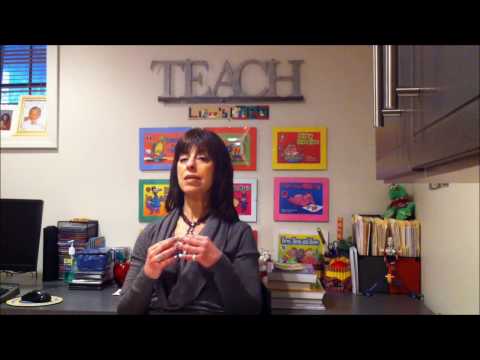
Although it is part early dyslexia, dyslexia is not simply seeing things backwards and it’s much more complex than mere letter reversals. Dyslexia is a language-based learning disorder which can affect the way a person reads, understands words and spells. It involves phonics-related processing deficits and issues with other aspects of language.
Dyslexia is neurologically based, meaning it involves the nervous system, which coordinates actions and transmits signals to and from different parts of the body. There are several things that may indicate that your child could have dyslexia; testing specifically for dyslexia should be done by approximately age seven to seven and a half. Intervening educational therapy services are available to help parents and children deal with the challenges of dyslexia.
Key Takeaways:
1
Dyslexia is more complex than seeing letters backwards. It is a neurologically-based disorder resulting in problems in language, particularly phonological processing.
2
Letter reversals are common until about the age of seven, after which testing would be imperative if other red flags persist.
3
“Intervential education therapy” would be a great idea for such children as offering them management and treatment for their dyslexia is vital
Do You Need help with a Learning Difficulty?
Our simple online analysis will help you get to the core of the problem and find the right solution for you.
Understanding how to help someone with a learning difficulty starts with understanding which micro-skills are affected. When you learn which of the micro-skills is the problem, you will then be on your way to solving it.
You'll also learn how to:
- Build confidence
- Enhance Learning ability
- Eliminate avoidance
- Build grit
You can get this analysis for free by filling out this simple form. This will help you get to the bottom of a learning difficulty and provide you with a solution. If you are ready to put this problem behind you click the button below and fill out the form.










